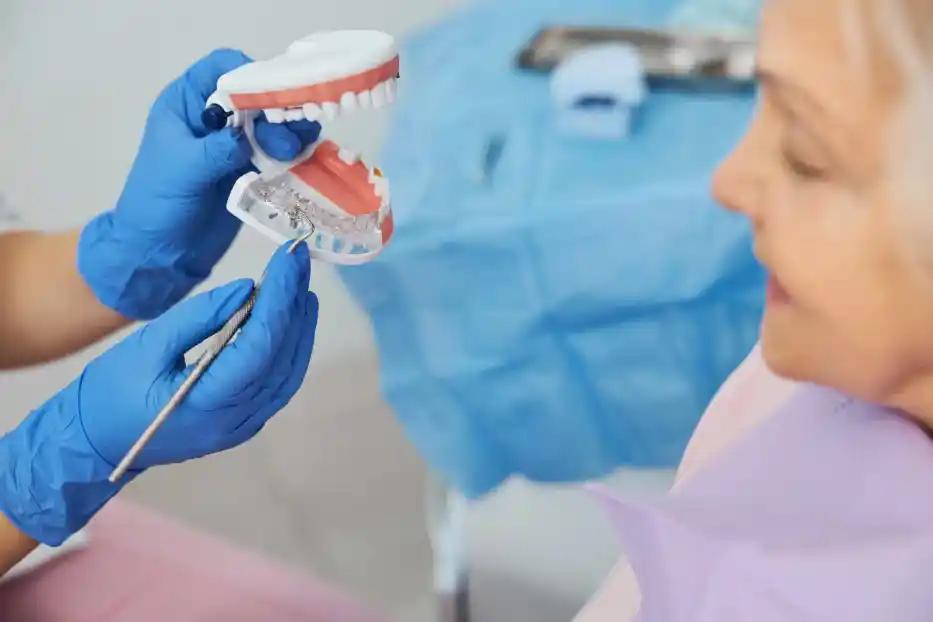Before and After Dental Implants: A Complete Overview and What You Must Know
Many patients believe that implants have transformed tooth restoration, making it a more scientific and effective process. The implants help recover the patient's smile more predictably and pleasantly. Unlike a traditional denture or bridge, an implant is placed in the jawbone and behaves like a natural tooth. The following description will walk you through the important steps in getting a dental implant, from the initial consultation and treatment planning to recovery and follow-up. Regardless of whether this is your first time considering it, or if you simply want to learn more about the process, it is always good to ask about common expectations that will help you make informed choices about your dental health.
Preparation Steps
Before a dentist starts any dental implant procedure, he will always check your overall dental health to make the process as optimal as possible. He will check the mouth for possible tooth decay or gum diseases and assess the available bone density by taking an X-ray or a CT scan.
Depending on whether you will receive one implant or multiple implants, your dentist will assess whether or not bone grafting is needed. This procedure enhances the volume and density of your jawbone in areas where bone loss has occurred.
The Surgical Procedure
In this surgery, the dentist will make an incision into the gum tissue so the jawbone will be revealed. A hole is drilled into the bone to insert the implant in a secure position. Once positioned, a protective cap is screwed on to keep the implant in place.
Over time, this implant will naturally attach itself to the surrounding bone and form a solid foundation for your new prosthetic tooth. When the implant has fully stabilized, different types of attachments can be connected to it and secure your denture in place.

Tissue Healing
Once tissues have fully healed, an abutment is fitted onto the site of the dental implant. This abutment serves to connect the implant and artificial tooth and acts as an anchor for the new tooth.
It would be followed by the placement of the artificial tooth, or crown, over the implant. The new crown will act like a natural tooth and will be a permanent part of your mouth.
Post-Surgery Expectations
After a dental implant surgery, you may feel swelling and bleeding from the surgical site. It is quite usual to have some discomfort for a few days following surgery, and your dentist may recommend pain medicines if needed.
For the first two weeks, do not eat hard foods in order not to displace the implant. You may brush and floss as usual, but be very gentle around the implant site.
Your dentist will advise against certain activities that may affect the implant, such as smoking and hard foods.
Some benefits derived from dental implants include:
- Improved stability and chewing ability.
- Aesthetically pleasing as its appearance and feel just like natural teeth
- The jawbone shape will be preserved since it is attached directly to the bone
Caring For Your New Dental Implants
To ensure your new dental implants will last longer and achieve maximum results proper after-care needs to be taken. It includes the following post-operative advice from the dentist regarding the utilization of a mouthguard or even not eating foods that are hard to chew.
Maintaining your implants includes the right brushing and flossing techniques, apart from regular follow-up appointments with your dentist for cleaning and checkups.
Good oral hygiene, done through daily brushing and flossing, will ensure that your implants last longer. You will have to take care of your implants exactly as you would have taken care of your natural teeth. With proper aftercare and regular cleaning, you can boast a beaming, natural smile for many years.

